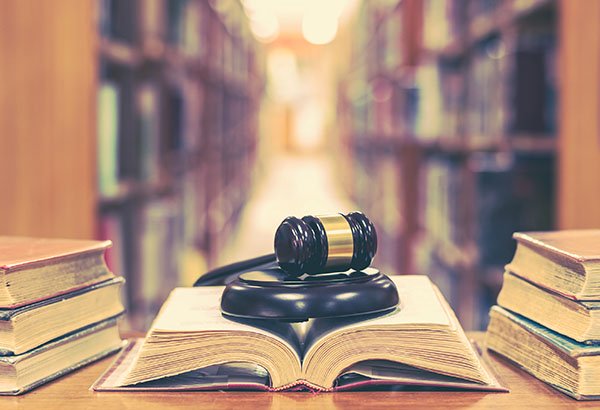 A way to find meaning in a difficult year is to reflect on the lessons we have learned and how we have grown. 2020 was an unprecedented year, bringing many challenges in addition to the global pandemic. We experienced political unrest, an economic recession, the death of a Supreme Court Justice, and heartbreaking examples of systemic racism in America. The killings of George Floyd, Breonna Taylor, and Ahmaud Arbery fueled our legal education community to rally for legal, social, and racial justice.
A way to find meaning in a difficult year is to reflect on the lessons we have learned and how we have grown. 2020 was an unprecedented year, bringing many challenges in addition to the global pandemic. We experienced political unrest, an economic recession, the death of a Supreme Court Justice, and heartbreaking examples of systemic racism in America. The killings of George Floyd, Breonna Taylor, and Ahmaud Arbery fueled our legal education community to rally for legal, social, and racial justice.
One demonstrable example was last summer’s launch of the Antiracism Clearinghouse project driven by five law school deans and sponsored by the Association of American Law Schools (AALS). I reached out to the founding deans, Danielle M. Conway at Penn State Dickinson Law, Danielle Holley-Walker at Howard University School of Law, Kim Mutcherson at Rutgers Law School, Angela Onwuachi-Willig at Boston University School of Law, and Carla D. Pratt at Washburn University School of Law, to discover what they had learned since the launch, what progress had been made, and their plans for the future.
This project provided an outlet for these leaders to be proactive and productive during one of the most difficult periods in our nation’s history. The goal of this project was to create a space for their collective voices to engage their institutions in the fight for justice and equality, and provide recommendations for listening, learning, leading, inspecting, and iterating. They were overwhelmed with the support from law schools across the country, each of which crafted their own antiracism statement. While each school started from a different place, the deans have been encouraged by the increase in communication between schools and the level of engagement and awareness. Each step forward is an improvement from where we’ve been. As Martin Luther King, Jr. said, “If you can’t fly then run, if you can’t run then walk, if you can’t walk then crawl, but whatever you do you have to keep moving forward.”
Change is occurring. Law schools have more representation of female (35%) and underrepresented law school deans (16%) than at any point in legal education’s history. These deans are using their voices, and in doing so have discovered they have allies, inside and outside of their institutions. This project has empowered people to speak who never had before, and issues previously invisible are now visible.
This resource is being used as a strategic framework for law schools’ and law firms’ Diversity and Inclusion work. They are applying it to a broader agenda that includes learning, implementation, curriculum mapping, faculty training, and new course development. Schools are creating committees to analyze the curriculum, hiring and promotion practices, bar exam, and the student experience. This may lead to new mandatory courses or a revision of the doctrinal course curriculum. Systemic racism exists in 1L courses such as Property Law, Constitutional Law, and Criminal Law, and professors can benefit from recommendations on how to teach these topics in an inclusive and non-threatening way. This work is shining a spotlight on access to legal education inspiring some schools to hire a Dean of Diversity and others to focus their funds on scholarships for underrepresented students attending HBCUs, Tribal Colleges, and Hispanic-Serving institutions.
While this project has created a community with more faculty talking and exchanging ideas, there are still plenty of hurdles to overcome. The biggest challenge is the perception that these topics are political. Many law schools receive state funds and walk a careful balance to educate without ostracizing any political party. Law school deans cannot force professors to see law school through the eyes of their students, even though underrepresented students arrive in the dean’s office on a regular basis frustrated over the explicit or implicit bias exhibited by professors. To overcome these challenges, deans have learned to focus on their allies and those who are neutral rather than trying to convince their steadfast opponents.
Each school is submitting an “Annual Report” sharing best practices and holding each other accountable. Writing their antiracism statement was the easy part – doing the work is hard, and they know they’ll never be done. Working to increase diversity in our profession by creating a pipeline through law school and teaching students how to unpack racism and not be neutral will lead to actual greater inclusion. These deans are brilliant leaders who exemplify Congresswoman Ayanna Pressley’s words, “I am not here to occupy space, I am here to create It.”




